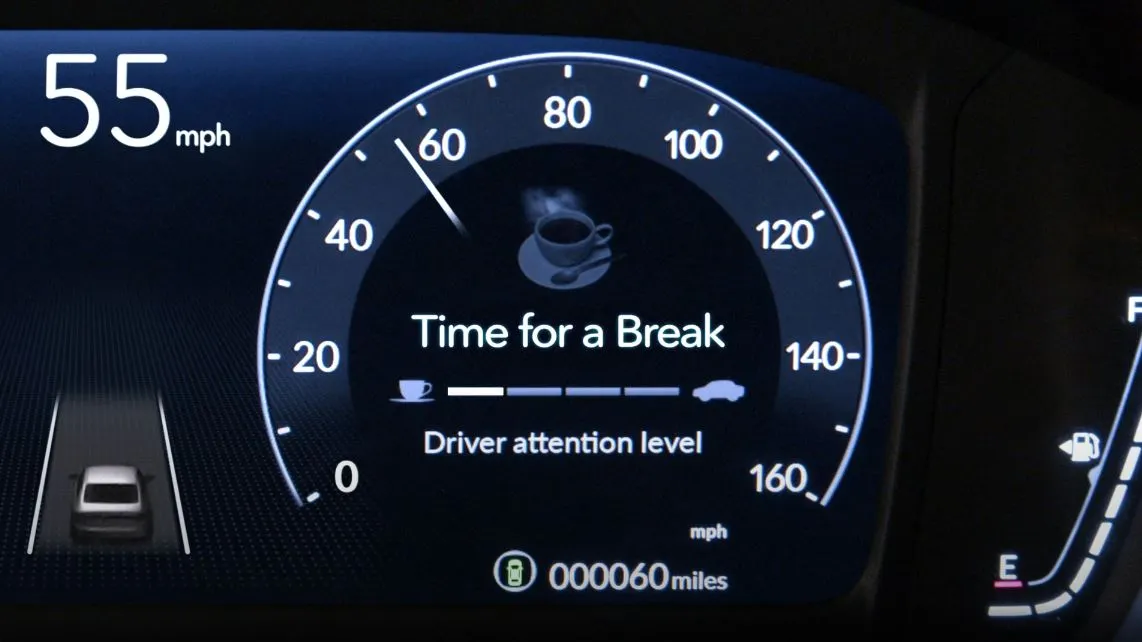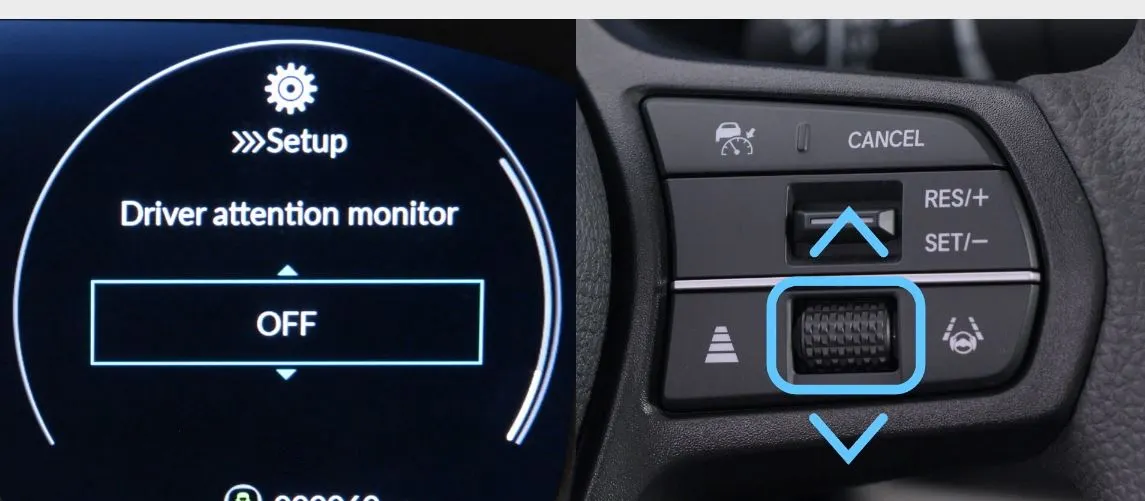Honda Coffee Cup Symbol: Explained!
Have you ever noticed a coffee cup icon appearing on your Honda’s dashboard display? You might be wondering what this means. This icon appears in certain situations and serves a specific purpose in vehicles like the Honda CR-V.
Let’s explore what this coffee cup icon means and how you should respond when you see it.

What Is the Coffee Cup Symbol?
In some newer Honda models, like the CR-V, a coffee cup icon will light up the dashboard display. This is part of the pretty new Driver Attention Monitor system, a safety feature developed to encourage attentive and responsible driving.
This icon suggests that the driver might need a break. It appears when the system detects signs that the driver may be losing focus on the road. While following the system’s suggestions isn’t mandatory, taking a break when you see this icon can contribute to your safety and other road users.
How Does It Work?
The Driver Attention Monitor assesses your steering behavior to determine if the vehicle is being in a manner consistent with drowsy or Inattentive driving. If it detects such behavior, it will display the level of driver attention on the driver information display.
Here’s how it alerts you:
- Normal Attention: If the system detects a normal level of attention, it lights up three or four bars on the Driver Attention Monitor screen within the digital instrument cluster.
- Very Low Attention: If the system detects reduced focus, it will override all other operating displays and show one or two illuminated bars. At the same time, a message with a general recommendation to rest while driving will be displayed.
- Very Low Attention: When the system detects that the drowsiness can no longer be ignored, it will activate an even more insistent alert. The onscreen message will flash, “Driver attention level low. Time for a break.” This visual alarm is underlined by a clear audible signal and another vibration in the steering wheel, increasing the possibility of staying on course to avert the danger at hand.
How to Turn Off/On Driver Attention Level
You can easily turn off the coffee cup symbol that indicates driver fatigue if it bothers you. Honda has designed the system to deactivate under certain conditions. You can simply move the left selector, and the message will vanish.
Plus, if you drive steadily in one lane without swerving, the message will disappear within a few moments.
However, if you continue driving without taking a break after the initial warning, the system will detect fatigue again, and the warning will reappear in 15 minutes, accompanied by a beep and vibrations of the steering wheel.
The Driver Attention Monitor is always active in the background, so there is no way to turn it off completely. The only way to avoid the alert is to take breaks more frequently before it appears. Nevertheless, you can still dismiss the messages when they appear.
If you are bothered by sound and vibration warnings, you can customize them via the Settings menu.

Here’s how to customize the Driver Attention Monitor:
- Park the vehicle and turn on the power.
- Roll the right-hand selector wheel to highlight the gear icon in the digital instrument cluster.
- Press the selector wheel to enter vehicle settings.
- Scroll to “Driver Assist System Setup” and select it.
- Choose “Driver Attention Monitor” and select it.
- Pick your alert preference: “Tactile and Audible,” “Tactile,” or “Off.”
- Confirm your selection and exit the menu.
Is The Coffee Cup alert Important?
The coffee cup symbol in vehicles acts as a cautionary indicator rather than a strict command. Although drivers aren’t required to heed it, this built-in safety feature merits thoughtful consideration.
Heeding this warning is wise, even when a driver feels alert and full of energy. In the realm of road safety, it is always better to exercise caution than to tempt potential dangers.
This alert is frequent in the travels of seasoned long-distance drivers. It just forms one core reminder that remaining focused in the driver’s seat is paramount.
The National Highway Traffic Safety Administration estimated 693 deaths from drowsy driving in 2022. However, that number probably does not reflect the actual total because it can be hard to detect drowsy driving as a contributing cause of a traffic accident.
Such incidents must be prevented. The following strategies are suggested for drivers:
- Prioritize consistent sleep patterns, aiming for 7-8 hours of quality rest nightly
- Do not drink and drive.
- Be careful with highly sedative medications
- Avoid driving during peak sleepiness periods (midnight to 6 am and late afternoon).
Below are some temporary solutions for those who experience drowsiness while driving:
- Consume caffeinated beverages such as coffee or energy drinks
- Find a safe spot, pull over, and take a quick nap
- Whenever feasible, share driving responsibilities with a companion
Although these may seem like a nuisance, they are certainly preferable to the potential consequences of driving drowsy. With these added precautions, for instance, one might make the difference between a safe drive home and a life-altering incident on the road.
(NHTSA)
Frequently Asked Questions
Stay focused and Safe
You might feel confident about driving for an extended time, but your judgment can sometimes mislead you. To ensure your safety, it’s wise to adhere to all the suggestions the alert system provides.
A twenty-minute break may seem inconvenient, especially if you’re pressed for time. However, that brief stop could prevent a serious accident, making it well worth the wait.
